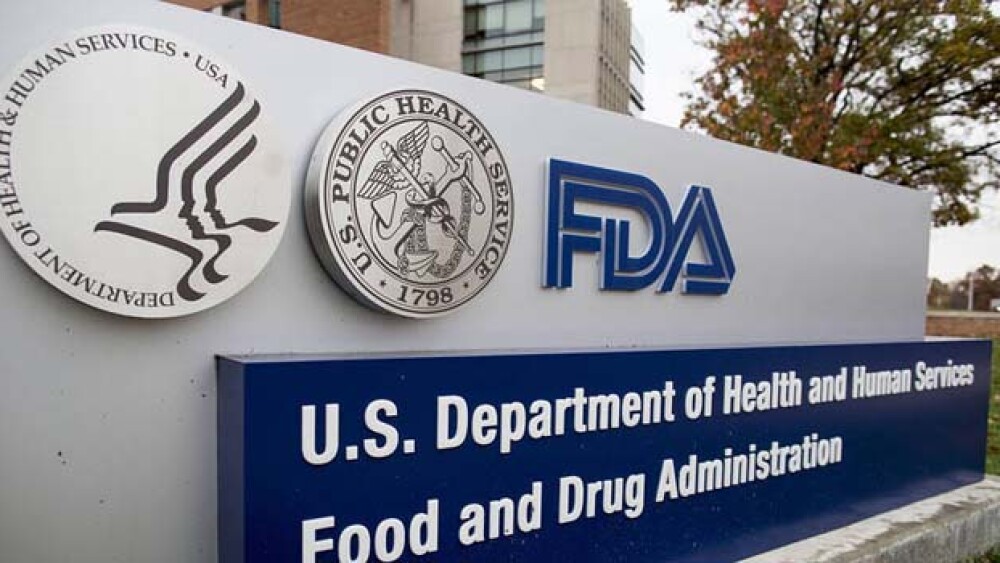As August rolls into September, BioSpace takes a look back at some key decisions made by the FDA. First are some of the draft guidance documents outlined by the FDA.
The U.S. Food and Drug Administration (FDA) has been busy this August. The agency has drafted several new guidance suggestions for drugmakers and device makers in several key areas, including oncology, depression and opioid abuse.
As August rolls into September, BioSpace takes a look back at some key decisions made by the FDA. First are some of the draft guidance documents outlined by the FDA.
Oncology
The FDA issued several new draft guidance documents during August. One of the most recent guidance plans issued takes a look at the use of placebos in certain oncology trials. The guidance was taking a look at whether or not the use of a placebo in a double-blind, randomized clinical trial is always necessary. Sometimes the use of a placebo can present practical or ethical concerns in double-blind, randomized trials, the FDA said. The guidance said researchers are able to infer whether or not a patient is on the experimental treatment or the placebo due to known toxicity issues. That can unblind the trial, the FDA said.
Osteoarthritis
The FDA also issued a new draft guidance aimed that developing treatments for “the underlying pathophysiology and structural progression” of osteoarthritis (OA). Most OA treatments have so far been aimed at addressing outcome measures that “assess pain and function.” The new guidance noted that drug research into addressing the underlying issues of OA have been elusive and constitute an unmet medical need.” The FDA is calling for drug and device makers to include structural endpoints in trials and is also aiming at standardizing definitions of disease progression.
Opioid abuse
With the ever-increasing concerns over opioid abuse, the FDA also issued a guidance to address the development of novel medicines aimed at the treatment of opioid use disorder. In this particular guidance, Health and Human Services Secretary Alex Azar said the plan placed a “special priority” on ensuring patient access to medication-assisted treatment for opioid addiction. Under the new guidance, the FDA will encourage drug sponsors to consider new ways to evaluate the effect and clinical benefit of medication-assisted treatment (MAT). Those new ways include “the impact of a new drug on adverse outcomes like mortality (overall mortality or overdose mortality), emergency medical interventions and Hepatitis C seroconversion (the period during which antibodies develop and become detectable),” the FDA said.
Depression
As the FDA looks to update its 40-year-old guidance for major depressive disorder, three drugmakers have raised concerns over the guidance that is looking to address the agency’s “current thinking regarding the overall development program and clinical trial designs for antidepressant drug products.” In the guidance, the FDA said it wanted to examine the onset of action in MDD drugs and whether or not a medication is being pursued for long-term or short-term use. As the FDA looks to update the guidance, Janssen, Takeda Pharmaceutical and Lundbeck each raised some concerns. The concerns included the FDA’s language regarding the timing of onset of effect for antidepressants. The companies believed that could be taken care of in labeling. Another concern was the proposed classification for partial responders and non-responders in treatment-resistant depression (TRD). The FDA said those patients who have not responded to prior treatments should be enrolled in TRD studies, according to the draft guidance document.
Smoking
At the beginning of August, FDA Commissioner Scott Gottlieb issued a statement regarding steps the agency is taking to support the development of novel nicotine replacement drug therapies to help smokers quit cigarettes. Gottlieb said the FDA is looking for the development and regulation of nicotine replacement therapy (NRT) products that are regulated as drugs. The FDA plans to issue two draft guidance documents aimed at this goal. The first guidance “is aimed at providing sponsors with recommendations on the nonclinical information appropriate to support development and approval of orally inhaled nicotine-containing drug products,” Gottlieb wrote. The second guidance will be released in the fall, the commissioner added.
Releasing draft guidance was not the only thing the FDA and U.S. health agencies took on throughout the month of August. One significant area that will see some change is in the area of gene therapy. In August the government announced it was removing some special regulations that had been set up long ago over concerns of exotic safety risks. An oversight panel under the auspices of National Institutes of Health will no longer be called upon to review gene therapy applications. The FDA will now be fully-responsible for oversite of gene therapy developments, as it is for other drugs. The move was made in order to reduce a duplication of oversite. Currently, there are more than 700 gene therapy proposals pending before the FDA.
Another potential change that the HHS could make that will impact the biopharma industry is in the area of drug rebates. Azar said this month that the rebate program is something that could be eliminated by his department. The rebates are part of the cost negotiated between drugmakers and pharmacy benefits managers. The rebates have become part of the pricing system as a way to lower costs. However, there are complaints made by some drugmakers that the PBMs do not do not pass on enough of the savings to patients, which in turn forces the drug companies to raise prices. As could be expected, the PBMs disagreed with Azar. They argue that eliminating the rebate program will take an act of Congress and also say that the ultimate responsibility for the high cost of prescription drugs lies with the drug manufacturers who set the initial prices.





